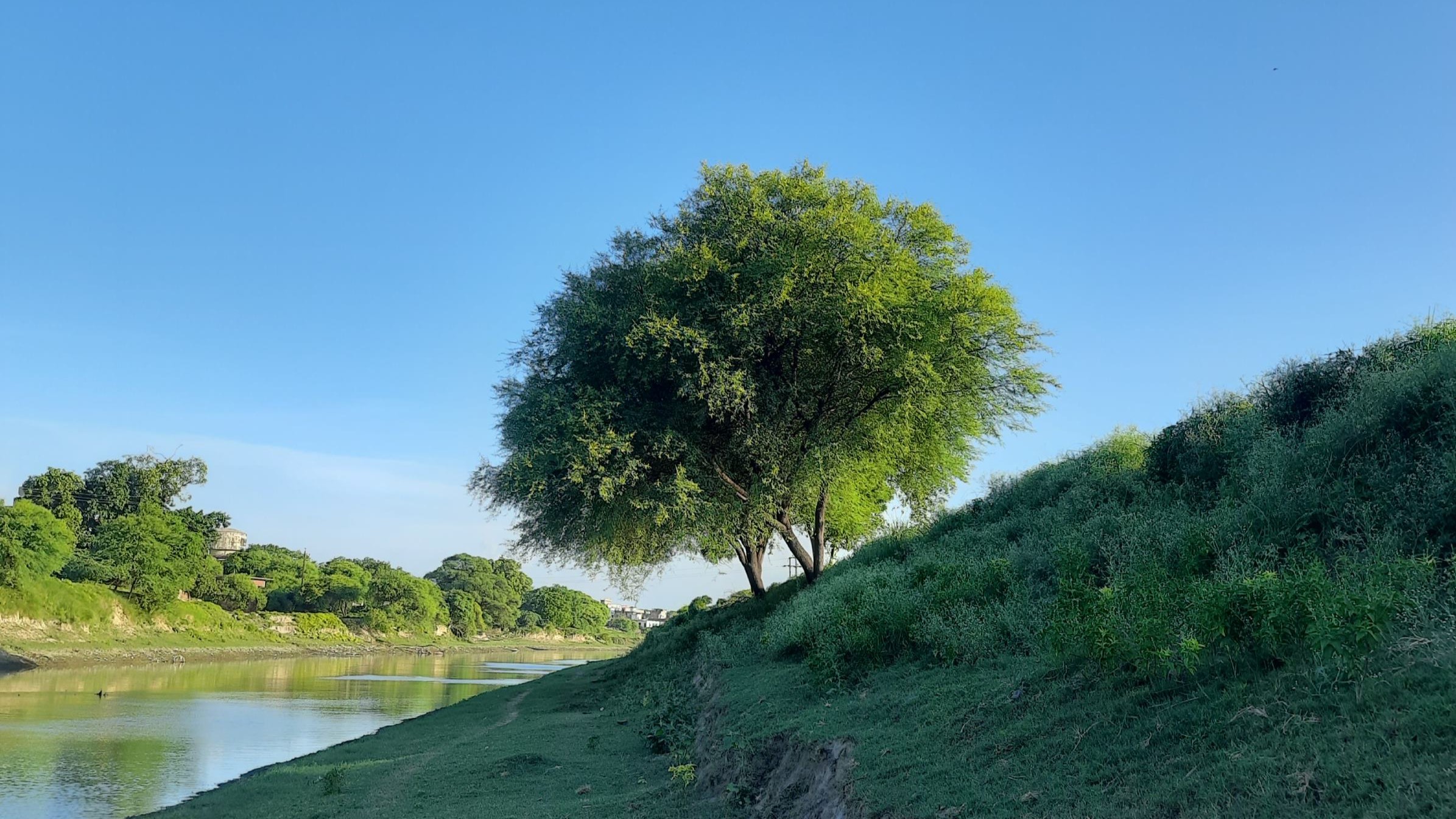
The Importance of Reforestation
Reforestation is crucial for our environment as it helps combat global warming by absorbing carbon dioxide and releasing oxygen.
Trees provide habitat for wildlife, prevent soil erosion, and contribute to the water cycle. By planting trees, we can create a sustainable future and mitigate the adverse effects of climate change.
Join us in our mission to plant more trees and protect our planet. Together, we can make a significant impact on the health of our environment and ensure a better future for generations to come.
Why is Reforestation Important?
Reforestation not only helps in reducing greenhouse gases but also plays a vital role in maintaining biodiversity.
Key Benefits of Reforestation:
- Carbon Sequestration: Trees absorb carbon dioxide and help in reducing the overall concentration of this greenhouse gas in the atmosphere.
- Soil Conservation: Tree roots help in binding the soil together, preventing soil erosion and maintaining soil fertility.
- Biodiversity: Forests are home to a wide variety of flora and fauna, and reforestation helps in preserving this biodiversity.
- Water Cycle Regulation: Trees play a crucial role in the water cycle by facilitating groundwater recharge and maintaining humidity levels in the atmosphere.
Importance of Reforestation
1. Environmental Benefits
A. Carbon Sequestration
Climate Change Mitigation: Trees absorb carbon dioxide (CO2) from the atmosphere during photosynthesis, storing carbon in their biomass and soil. This helps to reduce the concentration of greenhouse gases, mitigating global warming and climate change.
Long-term Storage: Forests act as carbon sinks, storing large amounts of carbon for extended periods, sometimes centuries, which is crucial for stabilizing the climate.
B. Biodiversity Conservation
Habitat Restoration: Reforestation provides habitats for numerous species of plants, animals, and microorganisms, contributing to the conservation of biodiversity.
Ecosystem Services: Forests offer a variety of ecosystem services, such as pollination, seed dispersal, and pest control, which are vital for the health and sustainability of ecosystems.
C. Soil Health Improvement
Erosion Control: Tree roots stabilize soil, reducing erosion caused by wind and water. This helps maintain soil fertility and prevents landslides.
Nutrient Cycling: Trees contribute to the cycling of nutrients through leaf litter and root turnover, enhancing soil fertility and structure.
D. Water Cycle Regulation
Water Retention: Forests play a crucial role in the water cycle by intercepting rainfall, increasing water infiltration into the soil, and reducing surface runoff.
Watershed Protection: Forested watersheds provide clean water by filtering pollutants and sediments, ensuring a steady supply of fresh water for various uses.
2. Economic Benefits
A. Sustainable Resources
Timber and Non-timber Products: Reforested areas can be managed sustainably to produce timber, fuelwood, and non-timber forest products like fruits, nuts, and medicinal plants.
Renewable Energy: Forest biomass can be used as a renewable energy source, reducing dependence on fossil fuels.
B. Livelihoods
Job Creation: Reforestation projects create employment opportunities in tree planting, forest management, and related activities, benefiting local communities economically.
Eco-tourism: Restored forests can attract eco-tourism, generating income and promoting environmental awareness.
3. Social and Cultural Benefits
A. Community Engagement
Local Participation: Involving local communities in reforestation efforts fosters a sense of ownership and responsibility, leading to better forest management and conservation practices.
Educational Opportunities: Reforestation projects can serve as educational platforms, raising awareness about environmental issues and sustainable practices.
B. Cultural Significance
Traditional Knowledge: Many indigenous and local communities have a deep connection with forests, relying on them for cultural, spiritual, and subsistence needs. Reforestation helps preserve these traditions and practices.
4. Climate Resilience
A. Adaptation
Microclimate Regulation: Forests influence local and regional climates by regulating temperatures, humidity, and precipitation patterns, which can enhance resilience to climate extremes.
Disaster Mitigation: Forests act as natural barriers against natural disasters like floods, hurricanes, and droughts, protecting communities and infrastructure.
B. Urban Benefits
Urban Forestry: Reforestation in urban areas improves air quality, reduces the urban heat island effect, and enhances the overall quality of life for city dwellers.
Green Spaces: Urban forests and green spaces provide recreational areas, improving mental and physical well-being.
Challenges and Solutions
A. Challenges
Land Availability: Securing land for reforestation can be challenging, especially in densely populated or agriculturally intensive regions.
Funding: Reforestation projects require substantial financial investment for planning, implementation, and maintenance.
Invasive Species: Managing invasive species that may outcompete native trees is essential for the success of reforestation efforts.
B. Solutions
Policy Support: Strong policies and incentives from governments can encourage reforestation efforts and ensure their sustainability.
Community Involvement: Engaging local communities and stakeholders in reforestation projects can enhance their effectiveness and long-term success.
Research and Innovation: Advancements in tree planting techniques, genetic diversity, and ecosystem management can improve the outcomes of reforestation projects.
Reforestation is a multifaceted and essential process that offers a wide range of environmental, economic, social, and cultural benefits. By addressing the challenges and leveraging innovative solutions, we can enhance the effectiveness of reforestation efforts and contribute to a more sustainable and resilient future.


